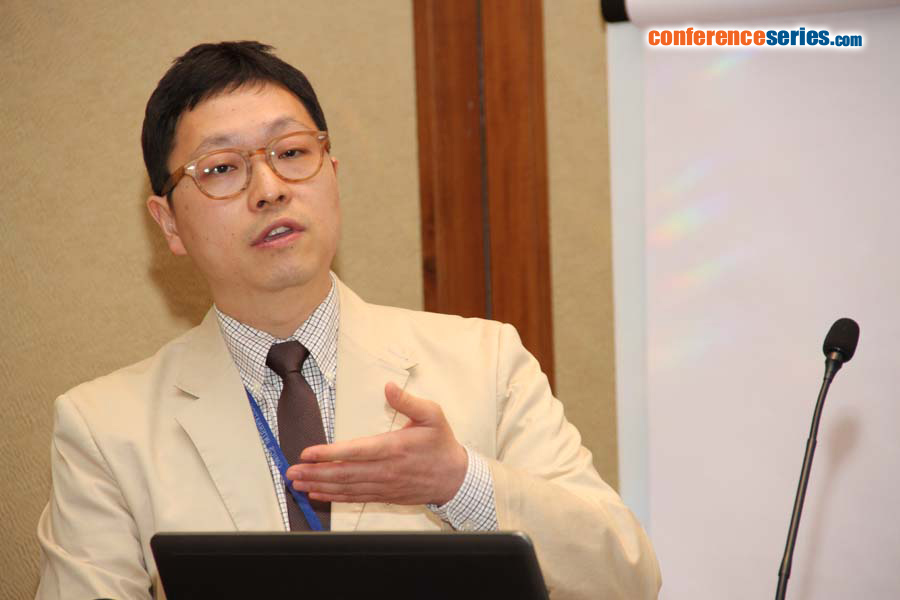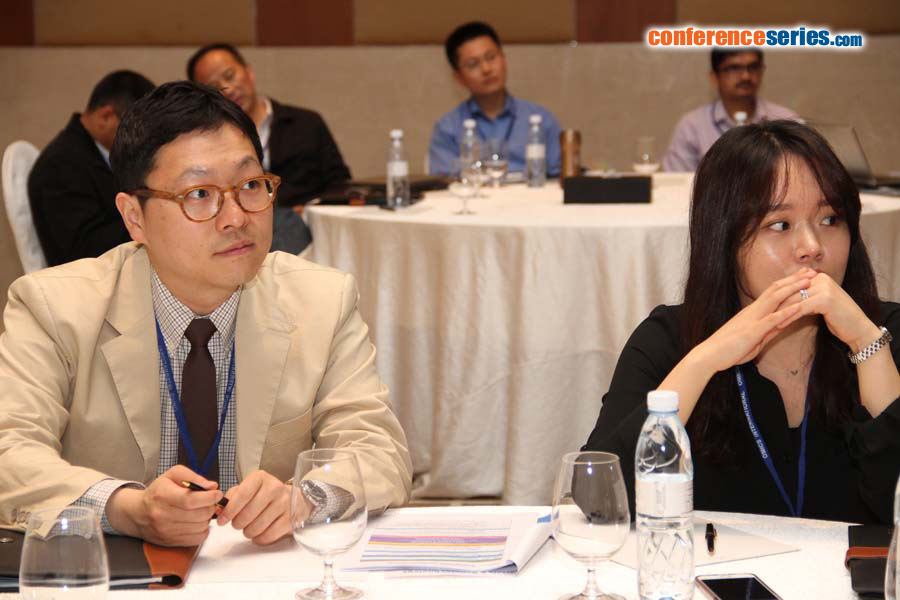
Yeojoon Yoon
Korea Electronics Technology Institute, South Korea
Title: Facile synthesis of graphene-based materials and their applications for water treatment
Biography
Biography: Yeojoon Yoon
Abstract
Since graphene, a new generation of nano-carbon material, was discovered, it has received attention in diverse fields including environmental applications. Here, we report a facile method to prepare graphene-based materials using a Couette-Taylor flow reactor. Furthermore, this study investigates possible water treatment applications using graphene-based materials. Several representative physiochemical water treatment technologies such as adsorption, catalytic oxidation, and membrane process were used for evaluation. In the adsorption evaluation, an experiment was conducted in which As(III) and As(V) were removed by synthesizing magnetite (Fe3O4) with graphene. The synthesized Fe3O4-graphene oxide exhibited better arsenic adsorption capacity compared to reduced graphene oxide produced with Fe3O4 synthesis because the functional groups on the graphene oxide (GO) surface facilitate greater synthesis of Fe3O4. Non-oxidative graphene (nOG), which enables mass production at a lower cost and in a shorter time compared to the previous two graphene-based materials (GO and rGO), had a higher arsenic adsorption removal rate in case of using the synthesized Fe3O4-nOG than the other reported Fe3O4 synthesis absorbents. Among graphene-based materials tested in catalytic ozonation, GO had the highest hydroxyl radical generation rate. However, nOG had a significantly higher ratio of generated hydroxyl radicals to consumed ozone. Additionally, in the case of nOG, hydroxyl radicals existed with an even ratio of graphene surface and bulk solution. In the membrane process using graphene-based materials, the GO-blended membrane, which has hydrophilicity due to its surface functional group, performed the best, while the polysulfone membrane had larger pores and higher permeability than the polyvinylidene fluoride membrane.




